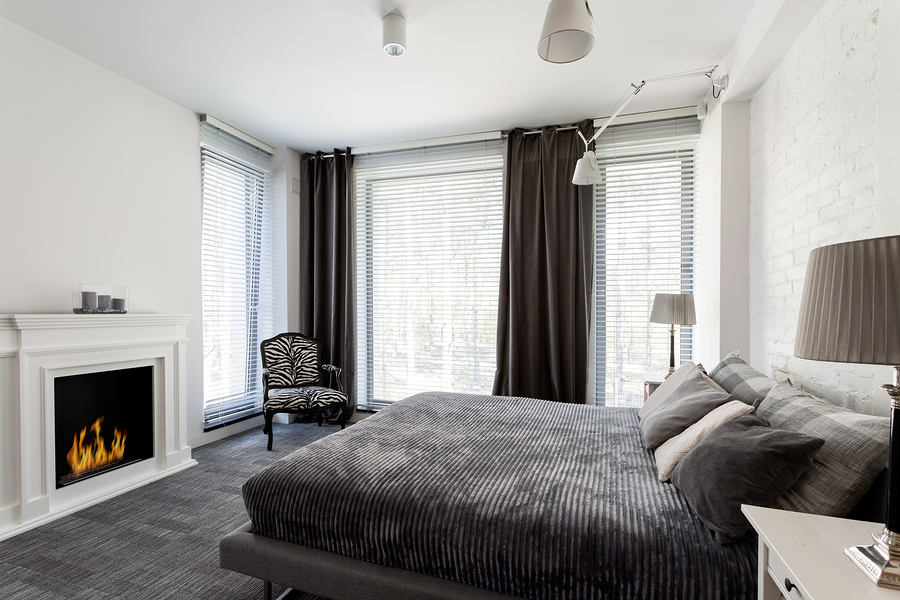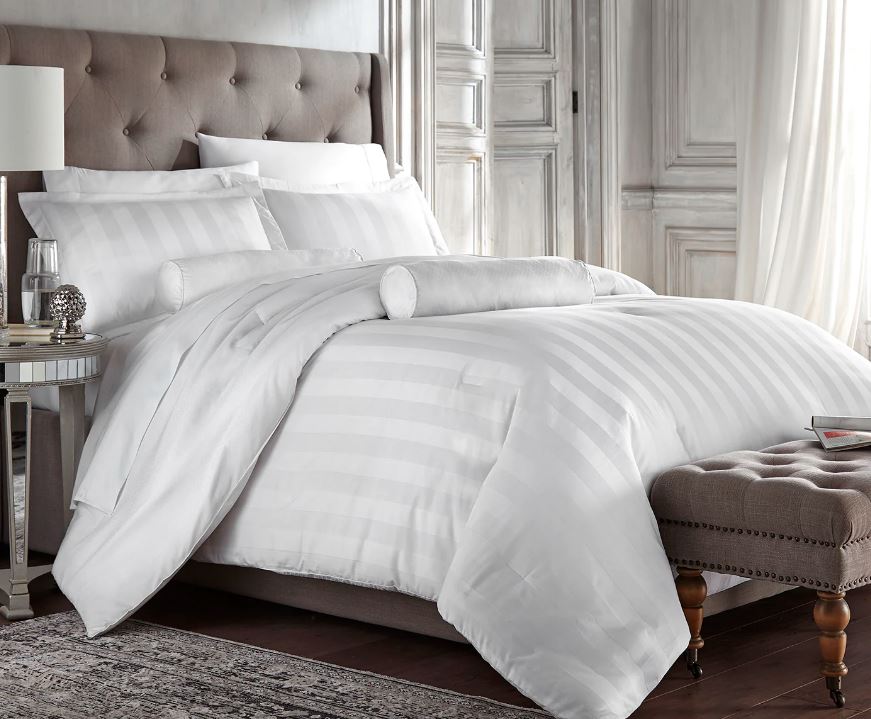
Get to Know Fuzzy Warm Chenille and Fleece
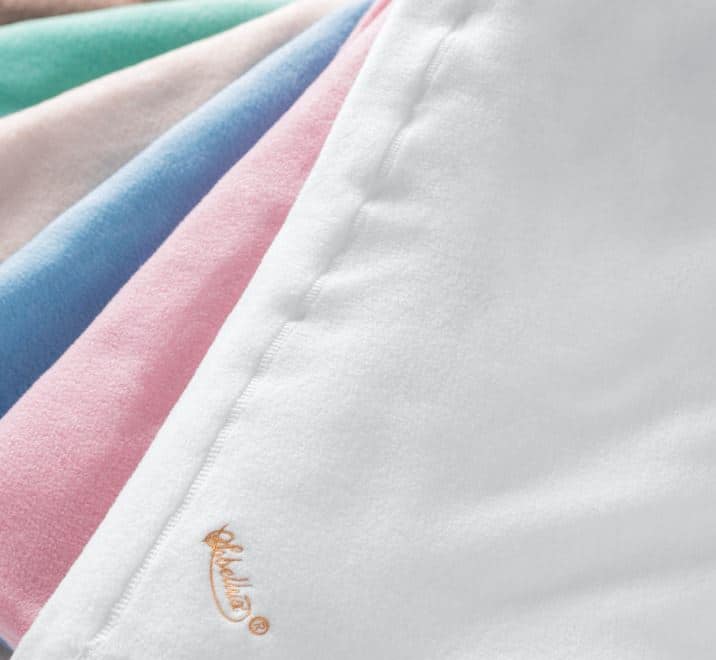
Finally the summer heat is off, and fall is around the corner. Some of you may be bundling up already, and looking around for cozy warm blankets to take away the evening chill. If you’re shopping for a warm blanket, you’ll find a number of different materials to choose from. Most shoppers look for fabrics that are practical – cozy, durable, and easy to clean. Two popular fabric options you will see when blanket shopping are chenille and fleece. Both are fuzzy and soft, so it’s easy to confuse the two materials. So, what’s the difference between them?
Here’s a closer look at chenille and fleece fabrics and how they differ.
About Chenille
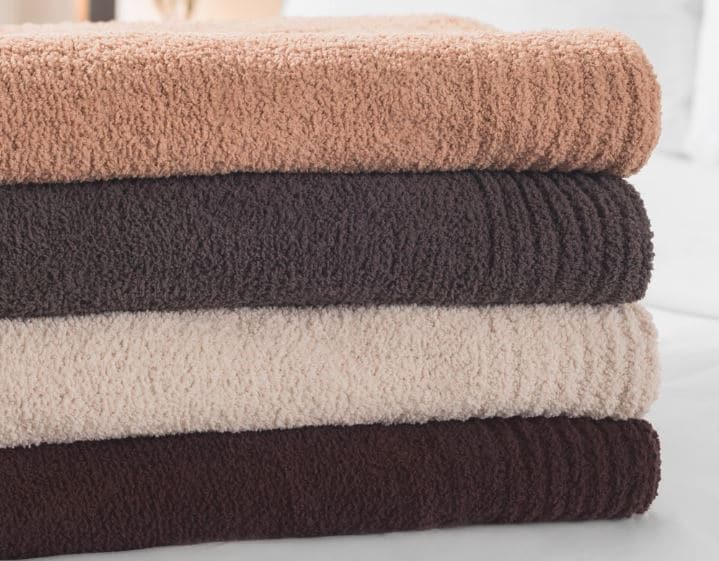
The word ‘chenille’ comes from the French word for ‘caterpillar.’ The fabric was given this name because it is raised, soft, feathery, and fuzzy, much like a caterpillar. This type of yarn dates back to the 18th century, making it modern compared to other threads like wool, which goes back to at least 1500 B.C.

It’s believed that chenille first originated in France. The original technique involved weaving what’s known as a ‘leno’ fabric, cutting it into strips, and then making the chenille yarn. During the early 1900s, the thick, textured fabric became popular for mats, throws, carpets, and blankets.
Today’s chenille yarn, while also made using acrylic, olefin, and rayon, is most commonly made with natural cotton. With modern technology, chenille is of higher quality and finer than ever before. The modern technique for making chenille involves taking short lengths of yarn known as the ‘pile’ between two different “core yarns” and twisting them together.
Chenille is widely enjoyed for its unique look and feel. The edges of the piles stand up at right angles to the core of the yarn, which gives the fabric its characteristic raised texture and soft feel. Since fibers catch the light in a different way, the fabric may look different in one direction when compared to another direction, and it can even appear to be iridescent.
Chenille blankets make great throws because they look and feel warm and cozy. They can be woven into attractive designs to create textured, patterned bedspreads that stand out, as they look and feel 3-dimensional.
About Fleece

Although it gets its name from the ‘fleece’ coat found on sheep, fleece is a man-made product often used for sweatshirts, hats, sweaters, jackets, and blankets. Fleece is generally made from polyester, a synthetic fiber that dates back to the 1940’s. Inexpensive, easy to clean and wrinkle-resistant, polyester is widely used in bedding and clothing. However, fleece, a fuzzy version of polyester fabric, didn’t originate until the 1970’s when polyester fleece was developed by Malden Mills, a company previously known for producing faux wool and fur garments.
To make this fabric, polyester fibers are woven into a very light fabric and then brushed to increase the volume of the fibers. The structure of these fibers makes fleece breathable and warm. It has pile surface on both sides, and air pockets are able to sit between the threads in the pile surface, helping the material hold in more warmth.
The Difference between Chenille and Fleece
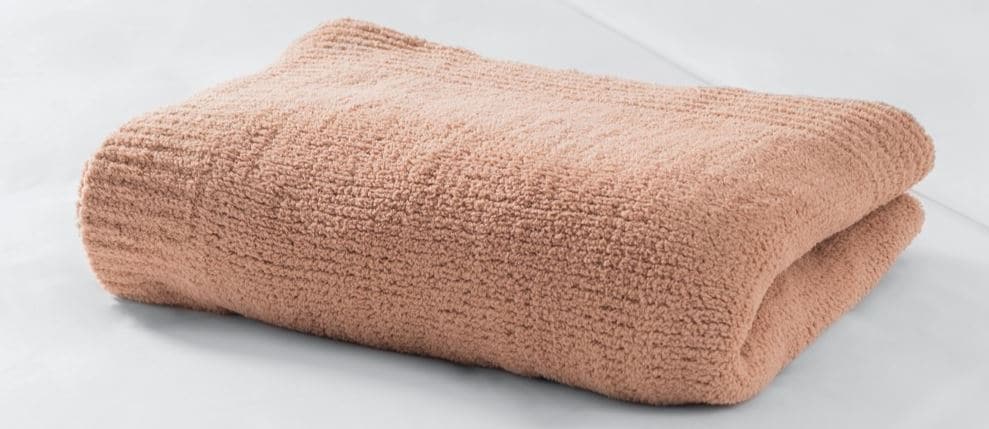
Although both chenille and fleece are soft, warm fabrics, they do have some distinctive differences. Chenille has a raised, fuzzy feel, and while fleece is soft and cozy, it doesn’t have the same textured surface as chenille. Fleece is generally made from polyester, which dries more quickly but does not breathe as well as cotton, from which chenille is most often made. The two fabrics also differ a bit in the type of care they require. Some chenille items need to be dry cleaned, and if they are machine washable, they must be laid flat to dry, or in the dryer on low heat. Fleece doesn’t need to be dry cleaned and does best when washed with lukewarm water and then dried on the lowest heat setting possible.
Warm Up with a New Chenille or Fleece Blanket on Sale October 9-11
Both chenille and fleece make wonderful blankets, and at Sobel at Home they’re on sale. From October 9-11, get 25% off with coupon code WUWNB18 on all our luxury hotel quality blankets, including our soft and fuzzy chenille blanket in four warm colors, and our cozy, sturdy and colorful hotel quality fleece blankets. Both our chenille and fleece blankets are durable and are machine-washable. Be sure to also check out our super-soft deluxe alpaca blanket or throw, and other blanket selections to make the best choice for your home.
